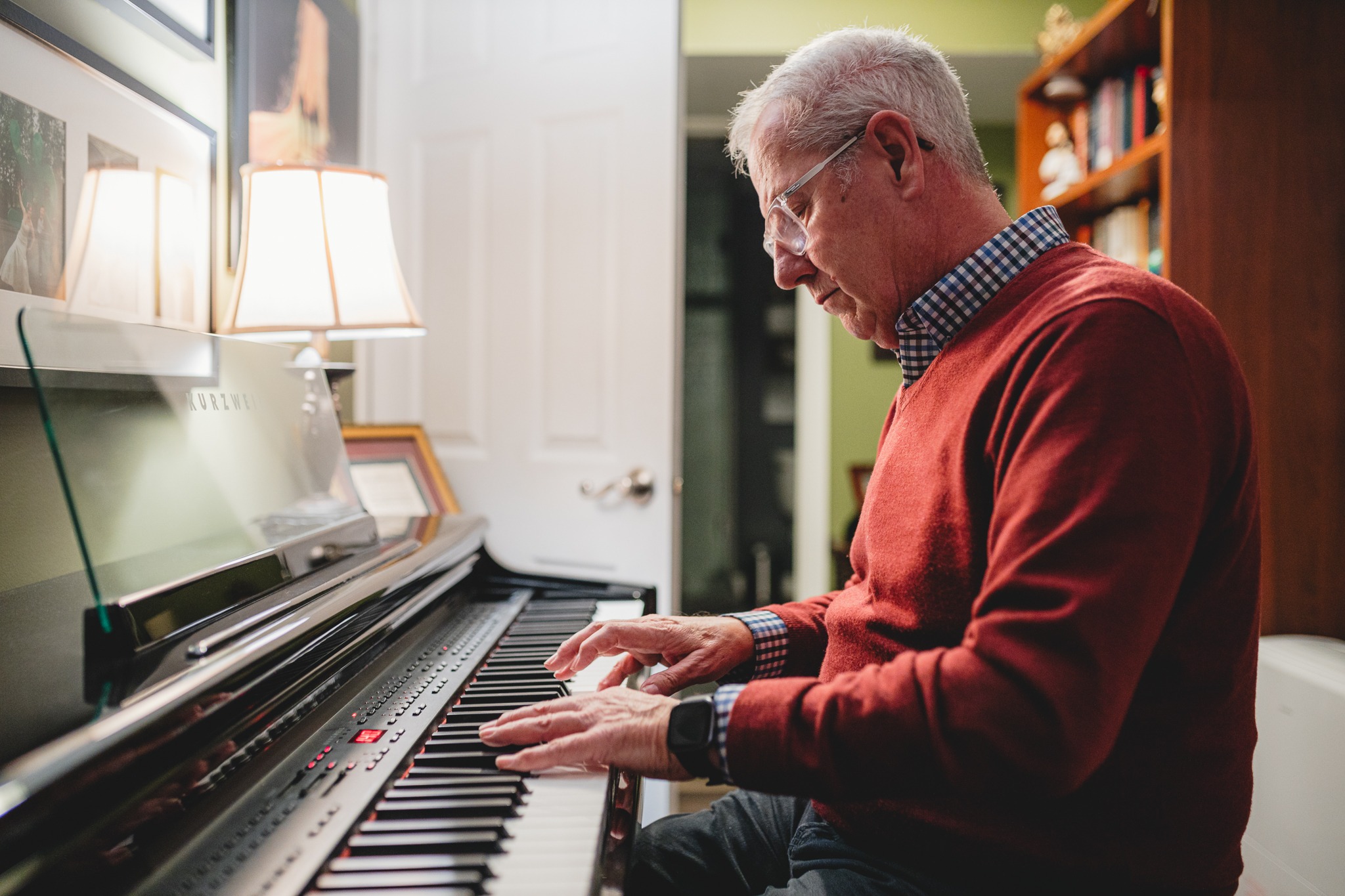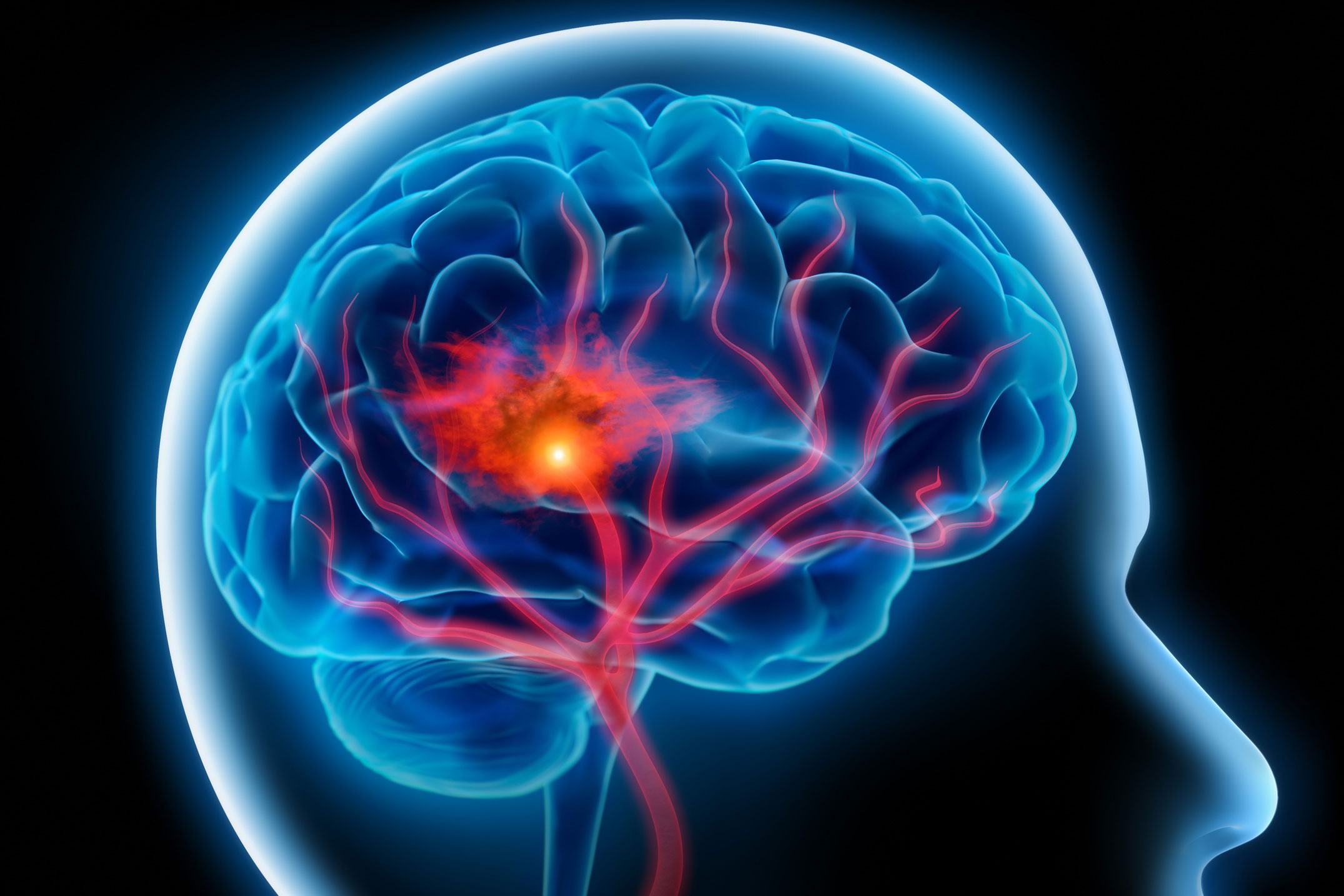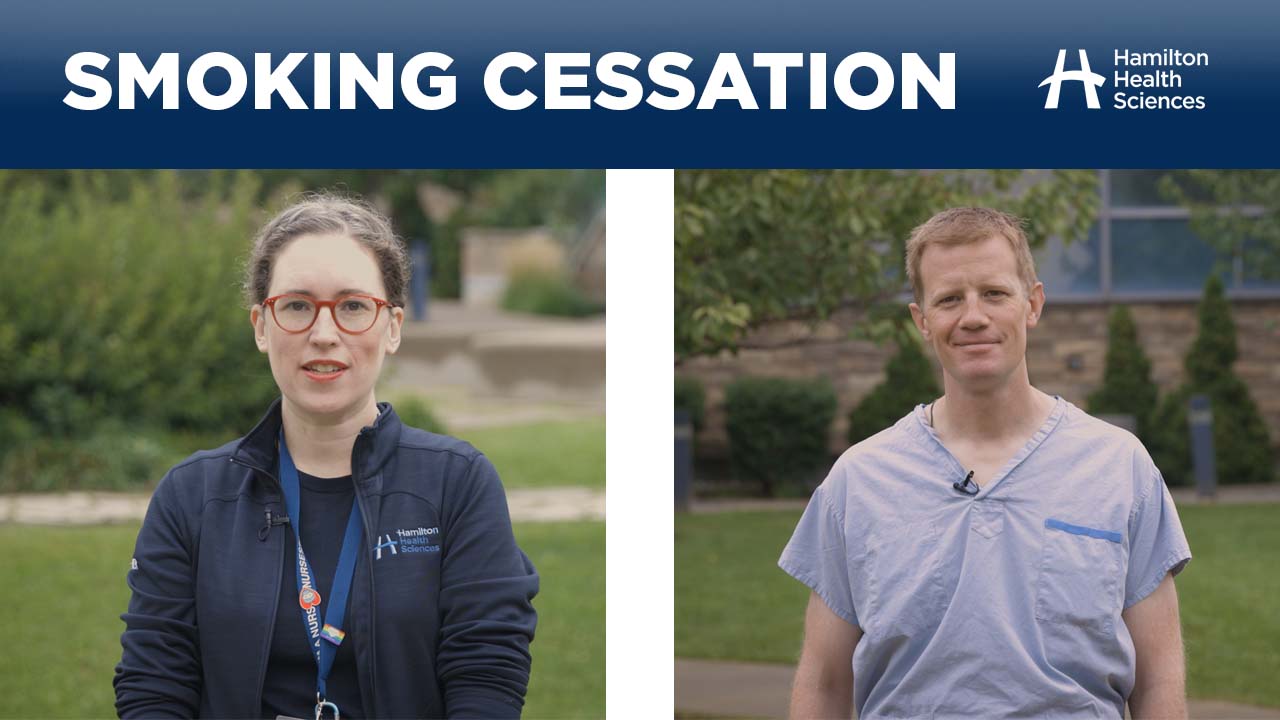
“My wife saved my life.”
When 46 year-old Paul was watching TV in his basement rec room on a typical Monday night in March, things started to take a turn for the worse. He started losing focus and was unable to raise his arms.
Paul’s wife Gloria quickly ran to look at him and realized something wasn’t right. She immediately called 911 for help, thinking her husband was having a stroke.
“A few moments later, I’m stumbling up the stairs from the basement and sitting in the kitchen trying to see my heart rate on my mobile app while two strangers entered the house with a stretcher. They escort me out while telling my wife something I can’t understand,” says Paul.
A stroke is a sudden loss of brain function. The most common cause is when the blood supply to part of the brain is interrupted due to a clot. Luckily for Paul, Gloria knew the FAST signs of stroke and how important it is to get immediate medical help.
FAST is an acronym that stands for:
- Facial drooping
- Arm weakness
- Speech difficulties
- Time
The power of FAST
“FAST highlights three very common stroke symptoms as well as the importance of being very quick to recognize and treat stroke,” says Dr. Raed Joundi, a Hamilton Health Sciences stroke expert who was part of Paul’s health care team in the stroke unit after his initial care in the emergency department at Hamilton General Hospital. “People affected by these symptoms or their family members should immediately call 911, because treatments to reverse stroke are only effective within the first few hours.”
“It cannot be stressed enough how important it is to recognize stroke symptoms, such as sudden facial drooping, speaking difficulty, vision loss, arm or leg weakness, and then immediately call 911 and come to the emergency department by ambulance,” says Joundi.
“I never would have imagined that days later I would be learning all about strokes and how you never want to have one alone. I was lucky.”
Joundi adds, “There are many effective stroke treatments to lower the risk of disability, but they can only be offered within a short window after the onset of stroke. If these symptoms arise, do not wait for symptoms to get better on their own, do not go to sleep, and do not drive to the hospital yourself.” Calling an ambulance is the safest thing to do when recognizing a stroke.
Stumbling out of the house and onto a stretcher
About a year prior, Paul was diagnosed with a heart condition called atrial fibrillation. This is an irregular and sometimes rapid heartbeat. Due to this irregular rhythm, sometimes blood can stagnate and form clots, which can then dislodge and travel to different parts of the body, including the brain, where they can cause a stroke.
“In the same year, my wife signed up for a CPR class,” says Paul. “She thought she could learn something that could help if I had heart issues, and she did. She also learned the FAST method for identifying strokes.”
Meanwhile, even though he was at low risk, a blood clot had formed in Paul’s heart and weaved its way into his brain. Paul was treated in the Emergency Department at Hamilton Health Sciences’ Hamilton General Hospital where staff were quick to run a CT scan.

Paul underwent a mechanical clot-retrieval procedure and his recovery is going well.
“The team kept asking me if I know who I am or where I am. My brain is screaming my name over and over and nothing is coming out of my mouth,” says Paul.
An immediate procedure to remove the clot
When the team found the large clot in his left carotid artery and middle cerebral artery, which was blocking blood flow to the left side of his brain, medical teams gave Paul a clot-busting medication then immediately brought into an operating room for a procedure where the clot was removed.
“I remember being immediately wheeled to an operating room with what feels like twenty people in it. One takes my arm and starts putting an IV in, but I can’t see them. From here it gets blurrier but I remember shaking on the operating table and getting extreme searing pain right behind my eye every once in a while.”
Prior to the procedure, Paul could not move his right arm and leg, and could not speak. Once the interventional team successfully removed the clot, he returned almost back to normal right away. Paul was then able to understand and speak, and move his right side. “I heard a voice exclaim ‘We got it,’ and the whole room breaks into uproarious applause. Someone came over to me and asked my name. I responded, correctly. Her eyes smiled back at me from under her surgical mask as she said ‘welcome back’.”
Paul reconnected with his wife Gloria in the hospital after his procedure.
“I asked her what happened and she said ‘You had a stroke.’ She had tears in her eyes. ‘You almost died dude,’ she said to me.”
“I don’t know where I would be without her.”
Paul’s rapid recovery was possible due to his wife’s immediate recognition of stroke symptoms.
“Because of how quickly he arrived at the hospital, which allowed the use of clot-busting medications and mechanical clot retrieval, he made a rapid recovery,” says Joundi. “He was then assessed by our allied health team of physical, occupational, and speech therapists the following day on the multi-disciplinary stroke unit and was able to go home shortly after. He was placed on a medication to prevent clots from forming and lower the risk of future stroke. In this case, his spouse immediately recognized the stroke symptoms – which had the potential to leave him permanently disabled – and we were able to successfully treat him before a large stroke occurred.”
Paul says he wouldn’t have known he was experiencing a stroke if he didn’t have his wife. “My wife saved my life. I don’t know where I would be without her.”
“I never would have imagined that days later I would be learning all about strokes and how you never want to have one alone. I was lucky.”






